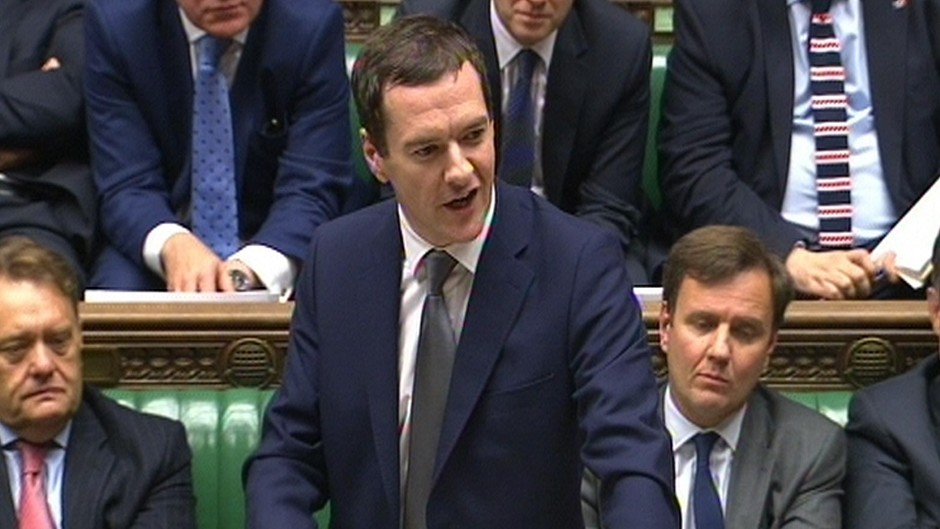George Osborne has announced he is to scrap planned cuts to tax credits for millions of low paid workers.
Unveiling his Spending Review in the House of Commons, the Chancellor said he could abandon the controversial cuts of £4.4 billion due to improvements in public finances.
He said he would still be able to deliver the promised £12 billion in welfare cuts over the next five years while balancing the books by the end of the Parliament.
To Tory cheers, he told the Commons: “I’ve had representations that these changes to tax credits should be phased in.
“I’ve listened to the concerns. I hear and understand them.
And because I’ve been able to announce today an improvement in the public finances, the simplest thing to do is not to phase these changes in, but to avoid them altogether.”
The surprise announcement came after the House of Lords threw out the original proposal for £4.4 billion of reductions to tax credits from April next year.
There had been speculation Mr Osborne would phase the cuts in instead.
Scrapping them altogether will be welcomed by many Tory backbenchers who were uneasy with the plans.
The Chancellor said higher than predicted tax receipts and lower interest rates meant the Office for Budget Responsibility estimated that public finances would be £27 billion better off over the course of the Parliament than it forecast at the time of the post-election Budget in July.
The Chancellor said his Spending Review was designed to make Britain “the most prosperous and secure of all the major nations of the world”.
He said Office for Budget Responsibility forecasts showed GDP growing “robustly every year”, living standards rising and more than one million extra jobs being created over five years.
The OBR had also certified that the Government’s economic plan will deliver on the commitment to reach a surplus by 2019/20 and reduce the debt to GDP ratio every year of this Parliament.
Mr Osborne said the outlook had been boosted by the combined effects of better tax receipts and lower debt interest, creating a £27 billion improvement in public finances compared to the July Budget.
